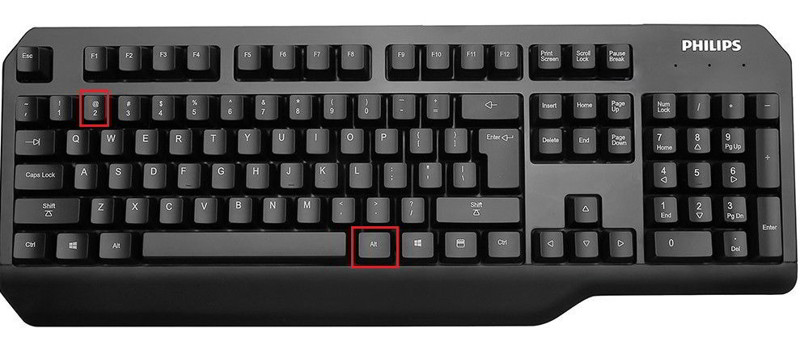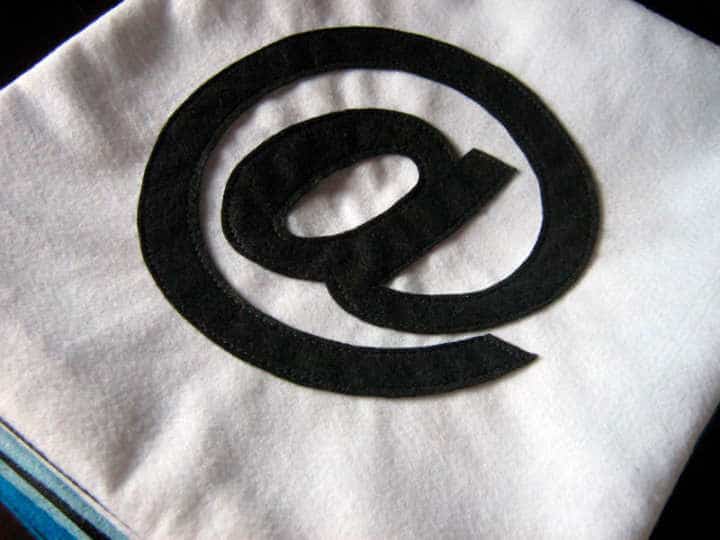It turns out there are a few ways to end programs on Mac OS X, but there is one Mac keyboard sequence in particular that is most similar to Ctrl+Alt+Del from Windows. That special keystroke is what we’re going to focus on here since it’s the closet equivalent for Mac users coming from the Windows world, with the same type of functionality. The Mac equivalent of CTRL + ALT + DEL (Control + Alt + Delete) is Command + Option + Escape. You can use those commands to force-quit frozen apps on the Mac. Picture of an Apple keyboard with the CMD + OPT + ESC keys circled.
Control+Alt+Delete is a keyboard shortcut. On PC computers, when you hold down these together, you will launch the Task Manager utility and this will let you terminate an unresponsive application and shut down your computer. This can be used to get out of situations in which your computer may stop responding.
If you are a new Mac user, you will find out that this keyboard combination does not work. However, the good news is that you can do the equivalents of this function on a Mac.
Ctrl + Alt + Del on Mac. Whether you’re a new Mac user or using both Windows and Mac computers, you’ll want to know some basics. It’ll be useful to learn that if you press the ctrl + alt + del keys on your Mac, you’ll find that it does absolutely nothing. Depends on how you're controlling the remote PC. On most remote control software, you select 'Ctrl-Alt-Del' from the menu to send the command to the remote PC. The option key on the mac keyboard is also labeled alt and there is usually a delete key, too on larger / external keyboards.
Control Alt Del For Mac

This article explains how you can “control alt delete” on your Mac. In other words, this article details the equivalent key combinations on the macOS system. This in this article can be used to force-quit frozen apps or when your Mac is unresponsive. When your Mac is unresponsive, you may see a spinning ball pointer, your Mac may become very slow or you may get no response at all.
Force quit an application
Instead of Ctrl+Alt+Delete, you can press the ⌘ Command+⌥ Option+Esc keys on your Mac’s keyboard to bring up the Face Quit Applications window.
You can also open this window by clicking the Apple menu and Force Quit.
When you open this window, you will see open apps. Unresponsive apps will say “not responding” (see the image below). Select the app you want to force quit. Then click the blue Force Quit button. A new popup will appear saying “do you want to force “app name” to quit?. You will lose any unsaved changes.” If you are sure, click Force Quit Again. Then the app will quit.
When you quit an unresponsive app, your Mac will likely start responding again.
You may want to force quit an app if it is unresponsive and you cannot quit it in the normal way (Command (⌘)-Q).
Force restart or shut down your Mac
There are a few alternatives you can use if your Mac is frozen and unresponsive. Different factors may affect your decision to use which ones below. For example, if you do not want to lose unsaved changes in your open applications, there are certain keyboard shortcuts you can use. The key combinations below will restart or shut down your Mac:
- Control–Command–Media Eject: This will quit all apps and restart your Mac. This will give you a chance if you want to save any unsaved open documents if there are. So you may want to use this combination if you want to save changes to open documents.
- Control–Command–Power button: This will immediately force restart your Mac. This will not give you a chance to save changes to open documents.
- Control–Option–Command–Media Eject: This will quit all apps and turn off your Mac. You will be asked if you want to save unsaved changes to open documents. Please note that you can also force your Mac to shut down by pressing and holding the power button.
- Control–Media Eject: This will show the “restart, sleep or shutdown” dialog window.
See also: How To Tell What Apps Are Running On Your Mac
To use any of these key combinations, press and hold the keys immediately after pressing the power button to turn on your Mac, or after your Mac begins to restart. Keep holding until the described behavior occurs.
- Command (⌘)-R: Start up from the built-in macOS Recovery system. Or use Option-Command-R or Shift-Option-Command-R to start up from macOS Recovery over the Internet. macOS Recovery installs different versions of macOS, depending on the key combination you use while starting up. If your Mac is using a firmware password, you're prompted to enter the password.
- Option (⌥) or Alt: Start up to Startup Manager, which allows you to choose other available startup disks or volumes. If your Mac is using a firmware password, you're prompted to enter the password.
- Option-Command-P-R:Reset NVRAM or PRAM. If your Mac is using a firmware password, it ignores this key combination or starts up from macOS Recovery.
- Shift (⇧): Start up in safe mode. Disabled when using a firmware password.
- D: Start up to the Apple Diagnostics utility. Or use Option-Dto start up to this utility over the Internet. Disabled when using a firmware password.
- N: Start up from a NetBoot server, if your Mac supports network startup volumes. To use the default boot image on the server, hold down Option-N instead. Disabled when using a firmware password.
- Command-S: Start up in single-user mode. Disabled in macOS Mojave or later, or when using a firmware password.
- T: Start up in target disk mode. Disabled when using a firmware password.
- Command-V: Start up in verbose mode. Disabled when using a firmware password.
- Eject (⏏) or F12 or mouse button or trackpad button: Eject removable media, such as an optical disc. Disabled when using a firmware password.
Apple Ctrl Alt Del For Mac
If a key combination doesn't work
If a key combination doesn't work at startup, one of these these solutions might help:
- Be sure to press and hold all keys in the combination together, not one at a time.
- Shut down your Mac. Then press the power button to turn on your Mac. Then press and hold the keys as your Mac starts up.
- Wait a few seconds before pressing the keys, to give your Mac more time to recognize the keyboard as it starts up. Some keyboards have a light that flashes briefly at startup, indicating that the keyboard is recognized and ready for use.
- If you're using a wireless keyboard, plug it into your Mac, if possible. Or use your built-in keyboard or a wired keyboard. If you're using a keyboard made for a PC, such as a keyboard with a Windows logo, try a keyboard made for Mac.
- If you're using Boot Camp to start up from Microsoft Windows, set Startup Disk preferences to start up from macOS instead. Then shut down or restart and try again.

Remember that some key combinations are disabled when your Mac is using a firmware password.
Learn more
- Learn what to do if your Mac doesn't turn on.
- Learn about Mac keyboard shortcuts that you can use after your Mac has started up.
